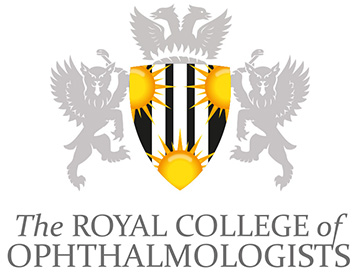RCOphth and Fight for Sight Trainee Ophthalmology Trainee Research Network Award Winner 2017
16 July 2017
Novel use of Nanopore-sequencing for Rapid Identification of Causative Pathogens and their Resistance Genes in Endophthalmitis (Nano-PoRE study)
Liying Low
Liying is currently a Fight for Sight Clinical Research Fellow in the Academic Unit of Ophthalmology, University of Birmingham and is on the steering committee of the West Midlands Deanery Ophthalmology Trainee Research Network. She was awarded the National Institute for Health Research (NIHR) Academic Clinical Fellowship in Ophthalmology in 2013. In 2016, she was awarded a Fight for Sight Clinical Fellowship to undertake her PhD project, investigating the links between the gut microbiome and inflammatory ocular disease, supervised by Miss Saaeha Rauz, Dr Graham Wallace, Prof Nicholas Loman and Prof Philip Murray.
Further information available at – http://www.birmingham.ac.uk/staff/profiles/inflammation-ageing/low-liying.aspx
Summary of Nano-PoRE study: Novel use of Nanopore-sequencing for Rapid Identification of Causative Pathogens and their Resistance Genes in Endophthalmitis (Nano-PoRE study)
Endophthalmitis is a severe, sight-threatening intraocular inflammation and is one of the most feared complications for any ocular surgical procedures. Prognosis is dependent upon the virulence of the pathogen and efficacy of early treatment. Conventional microbiology techniques in endophthalmitis rely heavily on culture-based assays with low sensitivities, whilst PCR-based molecular tests require prior hypothesis and target only a few known, common pathogens. One of the latest break-throughs in the sequencing field is the introduction of a portable, pocket-sized, relatively low-cost nanopore sequencer.
The West Midlands Deanery Ophthalmology Trainee Research Network will be undertaking this Nano-PoRE project, led by Liying Low, as a proof-of-concept study to investigate the use of nanopore-based metagenomic sequencing for real-time, rapid identification of causative pathogens and antimicrobial resistance genes from clinical samples in patients with suspected endophthalmitis.
